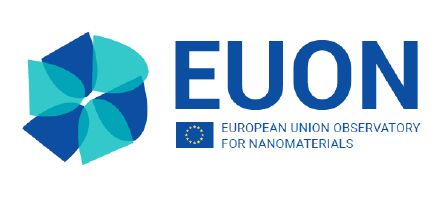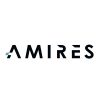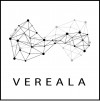 The study looked into “next generation” nanomaterials and whether the current terminology used in the EU chemicals regulations, as well as the implementation of the current legal requirements for identifying nanomaterials, are likely to pose technical challenges for these “next generation” materials.
The study looked into “next generation” nanomaterials and whether the current terminology used in the EU chemicals regulations, as well as the implementation of the current legal requirements for identifying nanomaterials, are likely to pose technical challenges for these “next generation” materials.
The findings indicate that although the regulatory framework is well-equipped to handle these materials in the near future, further guidance would benefit companies registering nanomaterials under the REACH Regulation. The study goes on to propose further clarifications for some parameters characterising both nanomaterials and their uses and that the guidelines on how to determine whether an object is an article under the REACH Regulation could be complemented with specific examples of different nanomaterials, from simple nanoparticles to more complex assembly structures.
David Carlander, Director of Regulatory Affairs at NIA commmented "A signifciant amount of work underpinned the REACH Annex updates for the ambitous nanoforms references and the focus for NIA and its Members is now to ensure that the forthcoming Guidance is robust and that implementation is addressed jointly between industry and ECHA. Industry and regulators have to learn together how these changes will be implemented for successful materials commercialisation".
Read the full EUON annoucement HERE.



















